Fascinating Stories Behind 1963’s Top Songs
Ah, 1963—a year when music was not just a background hum but a vibrant force shaping culture and society. It was the dawn of many iconic songs and the artists behind them.
This was a time when melodies served as messengers, with each tune telling its own tale. From the rise of The Beatles to the soulful serenades of Motown, 1963 was a year to remember. So, let’s take a journey back in time and explore the songs that left a mark on history and our hearts.
The British Invasion Begins: “I Want to Hold Your Hand” by The Beatles
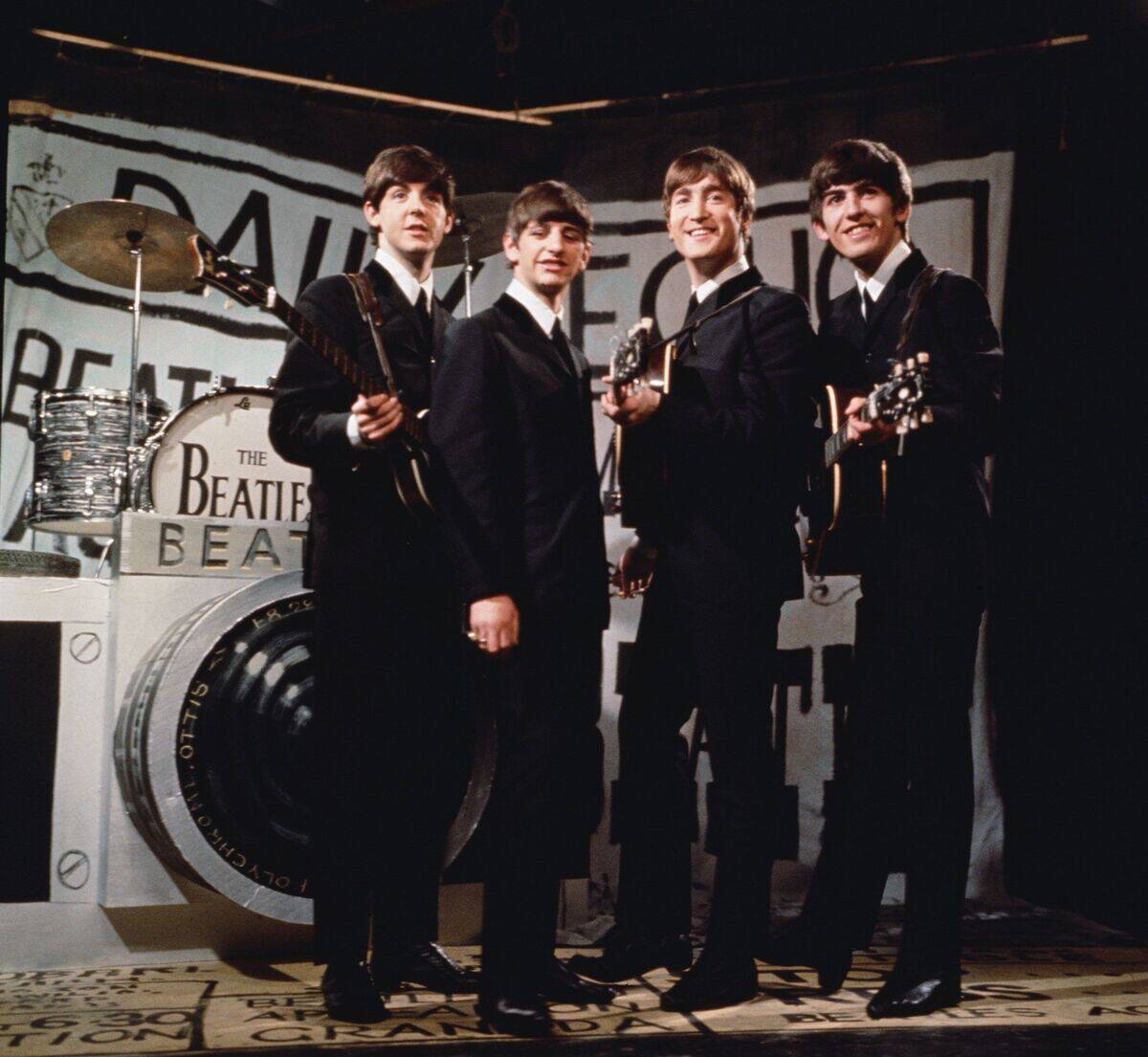
The Beatles were more than just a band; they were a phenomenon. With “I Want to Hold Your Hand,” they kicked off the British Invasion, capturing the imaginations of fans across the pond and beyond. Although it got the most traction in 1964, it was just barely an American release in 1963.
This catchy tune was a passport to success, not just for the Fab Four but also for British music as a whole. It was as if the world suddenly turned its ear to Liverpool, eager for more of that infectious sound that made dancing irresistible.
The Civil Rights Movement and “Blowin’ in the Wind” by Bob Dylan
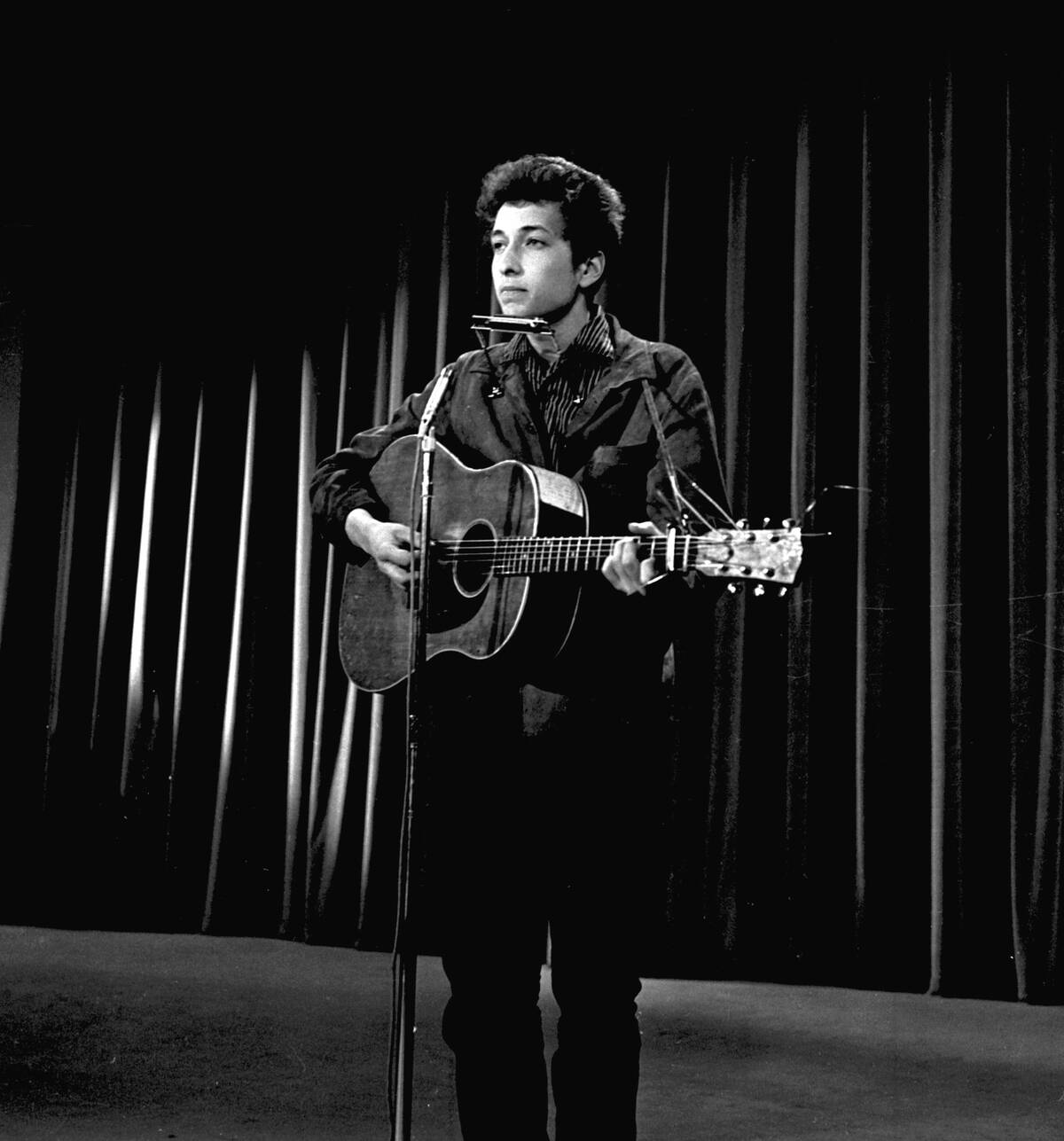
Bob Dylan’s “Blowin’ in the Wind” became an anthem for change, echoing the sentiments of the Civil Rights Movement. Its simple yet profound lyrics posed questions that resonated deeply with those fighting for equality.
Dylan, with his soulful voice and acoustic guitar, was able to capture the spirit of the time, turning a three-minute song into a timeless call for justice. It was more than music; it was a movement, carried by the winds of change.
The Surprising Origins of “Surfin’ U.S.A.” by The Beach Boys
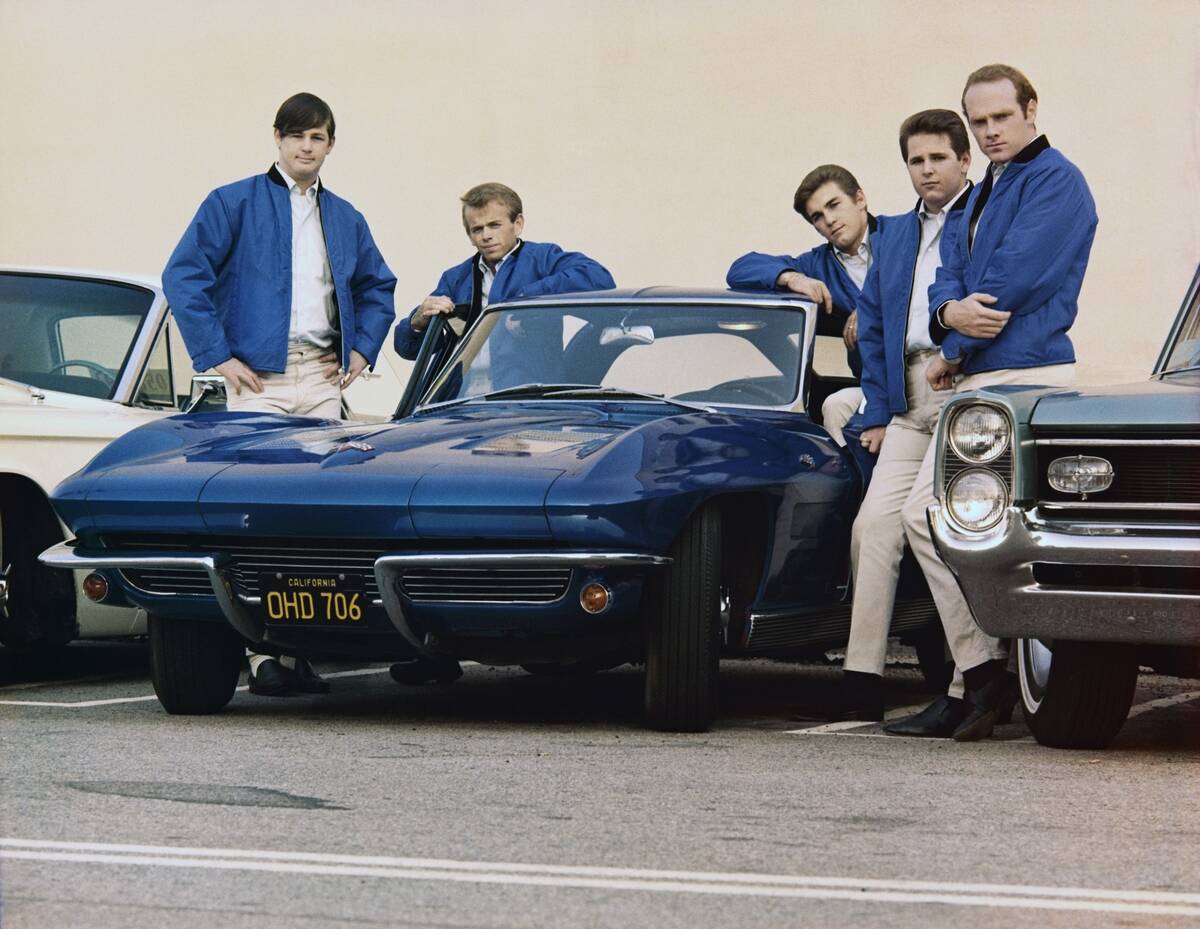
The Beach Boys rode the waves straight into the hearts of America with “Surfin’ U.S.A.”, a song that became synonymous with the surf culture of the sixties. But did you know this sunny anthem has a surprising origin?
The melody was borrowed from Chuck Berry’s “Sweet Little Sixteen,” — which was something Berry sued over — with lyrics that painted a picture of California beaches and sun-kissed fun. It was a blend of rock and roll and California dreamin’, making every listener want to grab a surfboard and hit the waves.
From R&B to Pop: “Louie Louie” by The Kingsmen
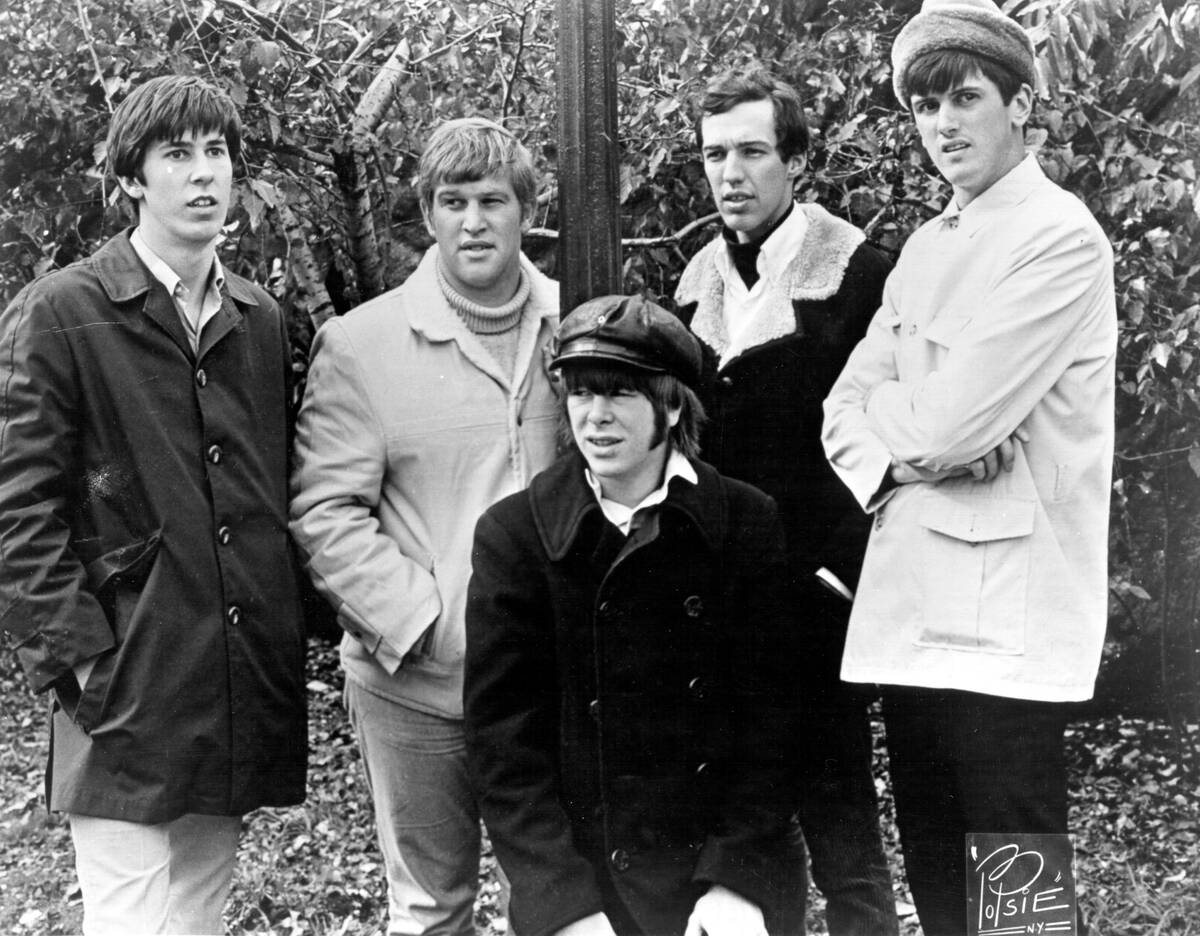
“Louie Louie” by The Kingsmen may sound like a straightforward pop hit, but its roots dig deep into rhythm and blues. Originally penned by Richard Berry in 1955, the song’s catchy, albeit mumbled, delivery added to its mystique. Despite its garbled lyrics, “Louie Louie” became a staple of rock ‘n’ roll.
Its raw energy and rebellious spirit resonated with a generation ready to embrace change, and it became a must-play at dances and parties, daring listeners to make sense of its enigmatic message.
A Love Letter in Disguise: “Be My Baby” by The Ronettes

“Be My Baby” by The Ronettes was more than just a song; it was a love letter wrapped in a melody. Specifically, songwriter Phil Spector was believed to be declaring his love for the singer, future ex-wife Veronica Bennett. With Bennett’s powerful vocals leading the charge, the track became an instant classic.
The song’s lush orchestration and heartfelt lyrics captured the essence of longing and romance. Every beat felt like a heartbeat, a testament to young love and the thrill of new beginnings. It was the kind of tune that made you want to dream, dance, and fall in love all over again.
The Phil Spector “Wall of Sound” and Its Magic on “Da Doo Ron Ron” by The Crystals
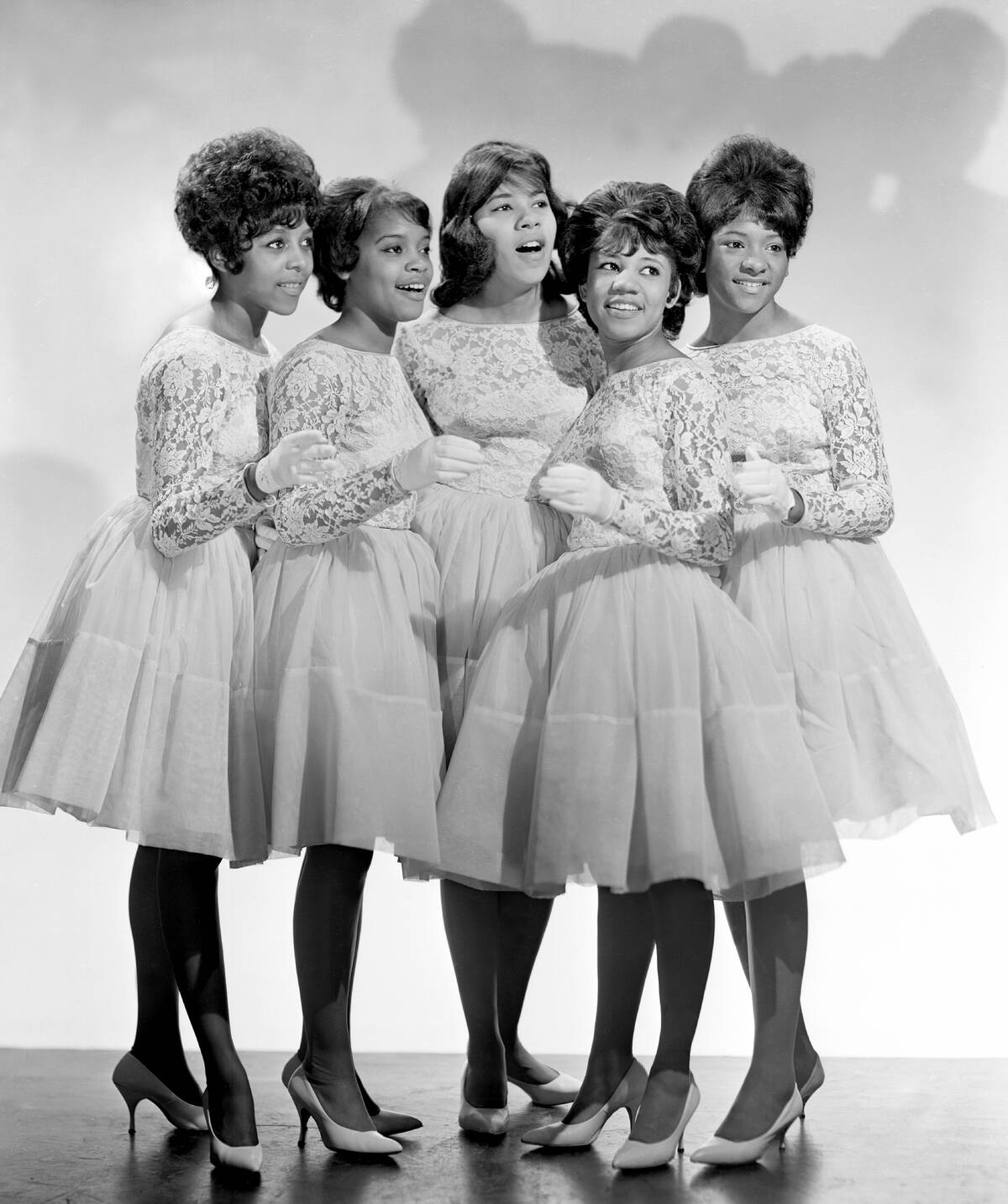
Phil Spector’s “Wall of Sound” was a groundbreaking production technique that transformed songs into rich, layered experiences, and “Da Doo Ron Ron” by The Crystals was no exception. This musical masterpiece was a symphony of instruments, voices, and emotions, creating a sound that was both grand and intimate.
The song’s catchy chorus and upbeat tempo made it an irresistible earworm, leaving listeners humming along long after the music stopped. It was a testament to the magic of production and the power of a great pop song. As for the nonsense lyrics, they were initially placeholders, but Spector liked them enough to keep them and didn’t want “cerebral” lyrics anyway.
A Family Affair: The Story Behind “Heat Wave” by Martha and the Vandellas
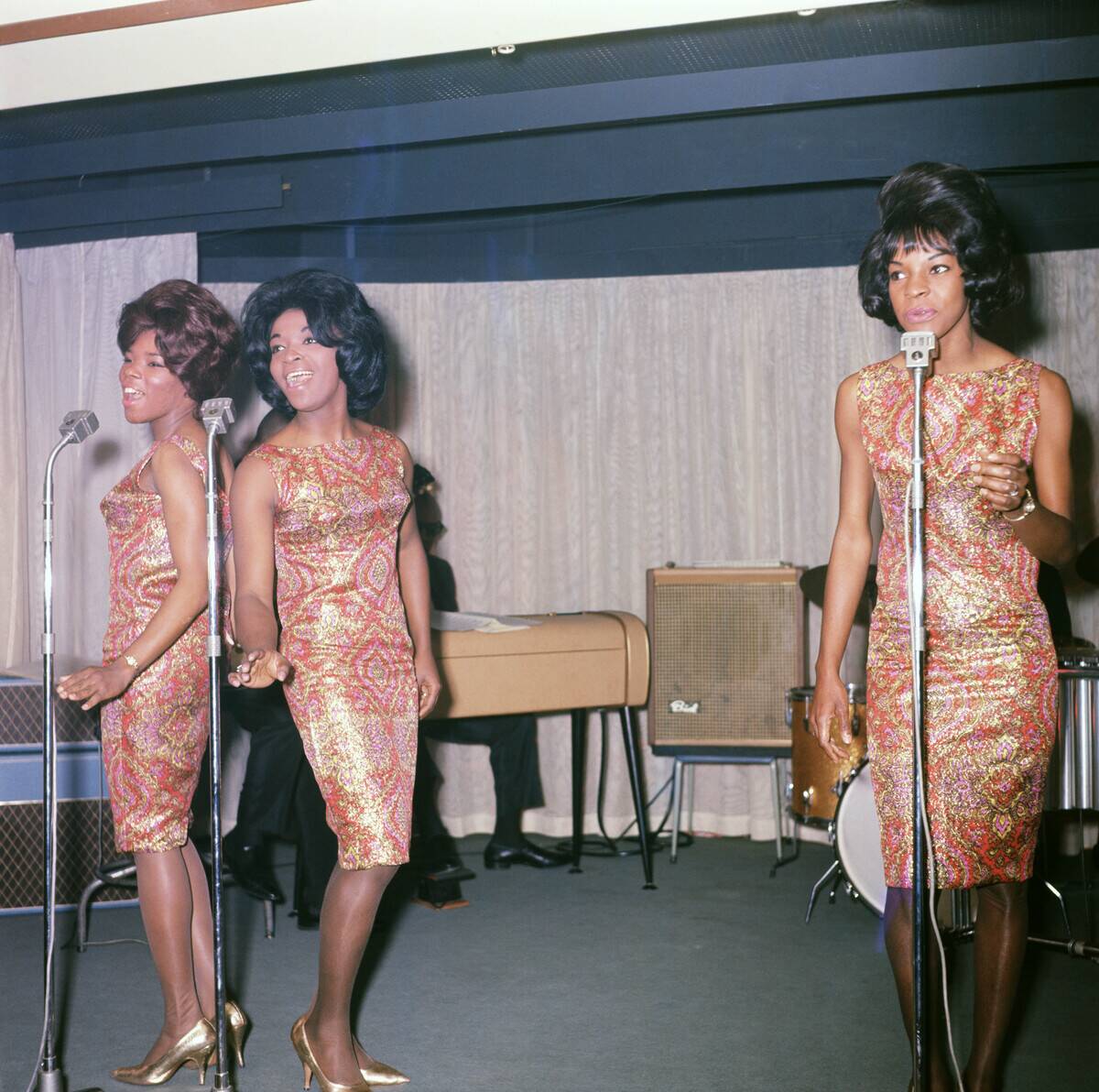
When Martha and the Vandellas released “Heat Wave,” it wasn’t just a song; it was a fiery explosion of sound and emotion. Penned by the legendary songwriting team of Holland-Dozier-Holland, the track captured the essence of Motown.
It was a family affair of sorts, with the entire Motown family rallying to create a song that set the charts ablaze. The song’s infectious rhythm and powerful vocals made it a dance floor favorite, capturing the heat of passion and the energy of the Detroit sound.
The Transatlantic Success of “She Loves You” by The Beatles
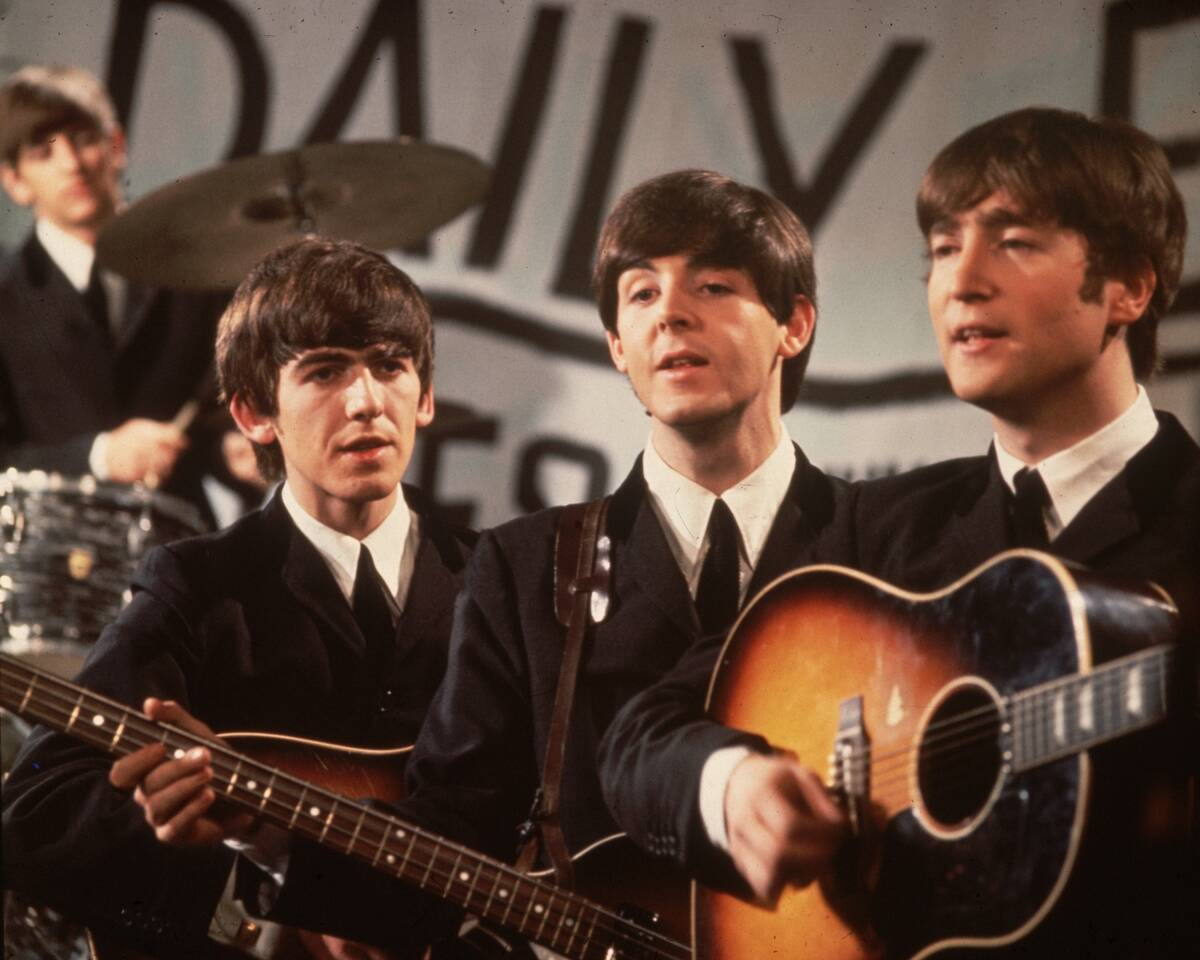
The Beatles once again took the world by storm with “She Loves You,” a song that became a transatlantic sensation. Its catchy “yeah, yeah, yeah” chorus was a call to action for fans everywhere, sparking a Beatlemania that knew no borders. Started on a tour bus and completed at Paul McCartney’s family home, the song was unusual for being a love song from the perspective of a matchmaking third party.
The song’s upbeat tempo and infectious energy made it impossible to resist, and it quickly climbed the charts in both the UK and the US. It was a testament to the universal appeal of The Beatles and their ability to connect with audiences on both sides of the ocean.
The Birth of a Classic: “My Boyfriend’s Back” by The Angels
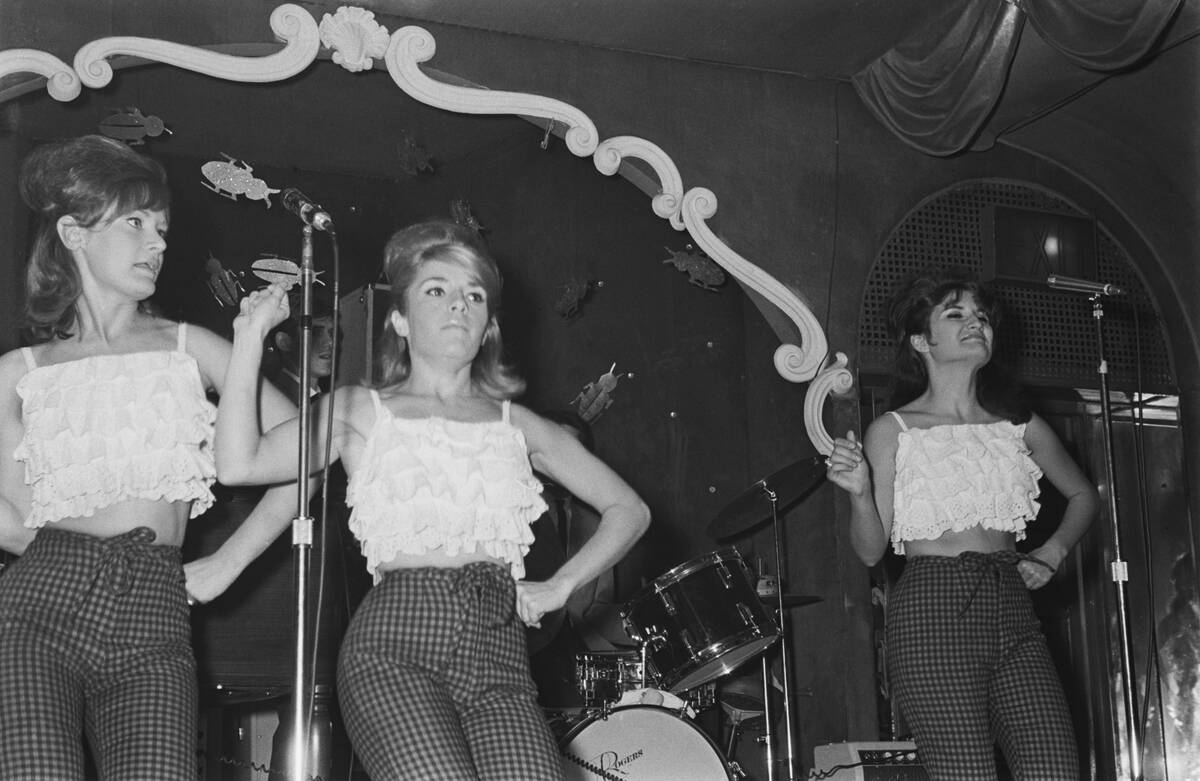
“My Boyfriend’s Back” by The Angels was the ultimate girl power anthem, a song that celebrated loyalty and love. With its catchy melody and sassy lyrics, it told the story of a girl standing up to her detractors, confident in the return of her love. It was inspired by co-writer Bob Feldman overhearing a teenage girl rejecting a boy.
The song’s upbeat tempo and playful narrative made it an instant classic, capturing the spirit of youthful romance and the drama of teenage life. It was a song that resonated with anyone who ever felt the thrill of love’s return.
The Folk Revival and “Puff, the Magic Dragon” by Peter, Paul and Mary

“Puff, the Magic Dragon” by Peter, Paul, and Mary was more than just a children’s song; it was a cornerstone of the 1960s folk revival. With its whimsical lyrics and gentle melody, it told the tale of a boy and his imaginary dragon.
But beneath the surface, it spoke to the themes of innocence and the passage of time. Its nostalgic undertones and folk roots made it a favorite among audiences of all ages, reminding listeners of the magic and simplicity of childhood.
The Unexpected Journey of “It’s My Party” by Lesley Gore
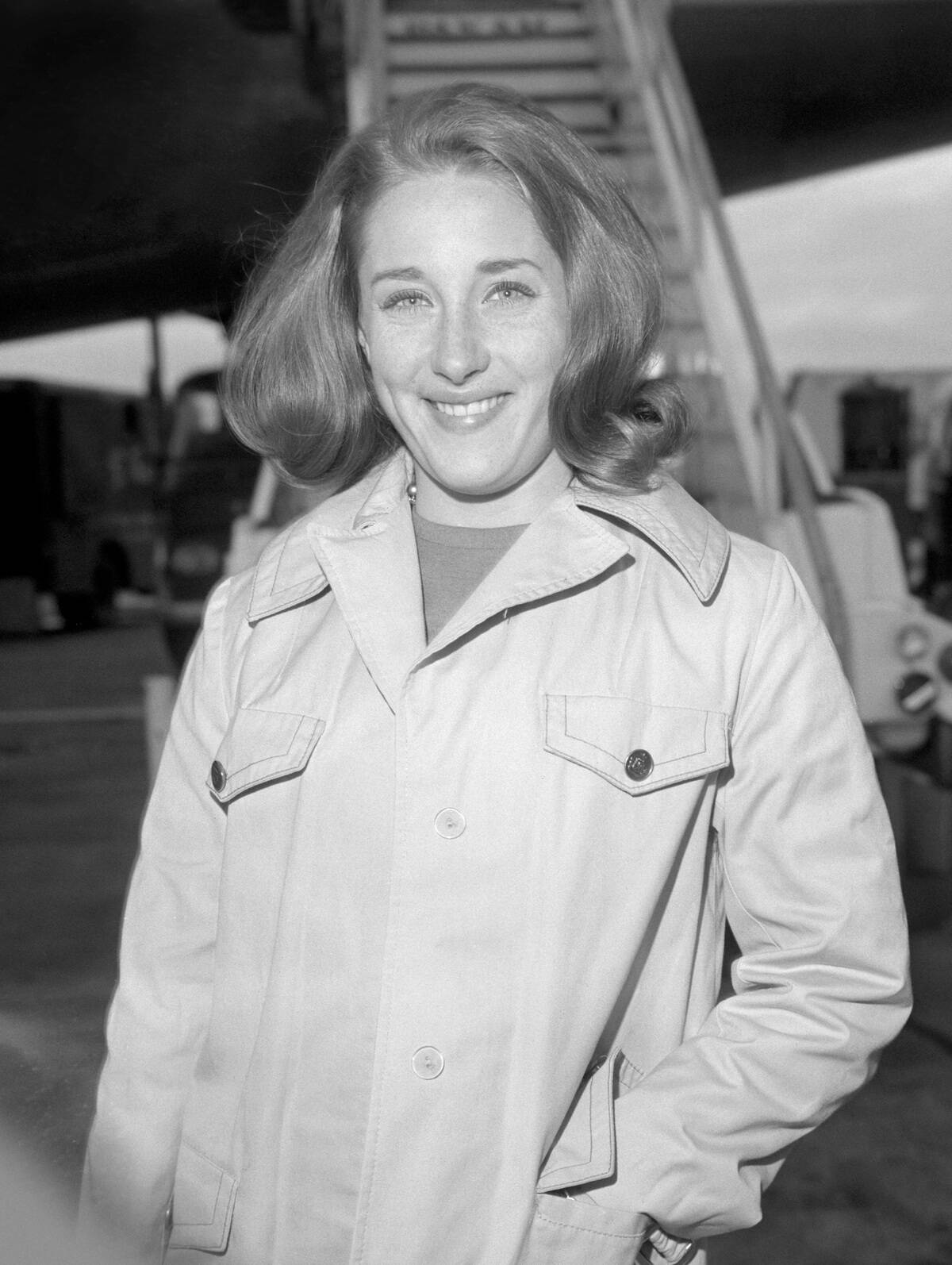
Lesley Gore’s “It’s My Party” was the ultimate teenage anthem, capturing the angst and drama of youthful heartbreak. The song’s catchy refrain—”It’s my party, and I’ll cry if I want to”—became a rallying cry for anyone who felt misunderstood. Although this isn’t what the song is about, it was inspired by writer Seymour Gottlieb’s daughter crying at the idea of her grandparents being invited to her “Sweet 16” party.
Despite its seemingly simple premise, the song’s journey to the top of the charts was anything but ordinary. It was a testament to the power of a great hook and the enduring appeal of a well-told story, turning everyday teenage woes into pop gold.
A Cross-Continental Hit: “Sugar Shack” by Jimmy Gilmer and the Fireballs
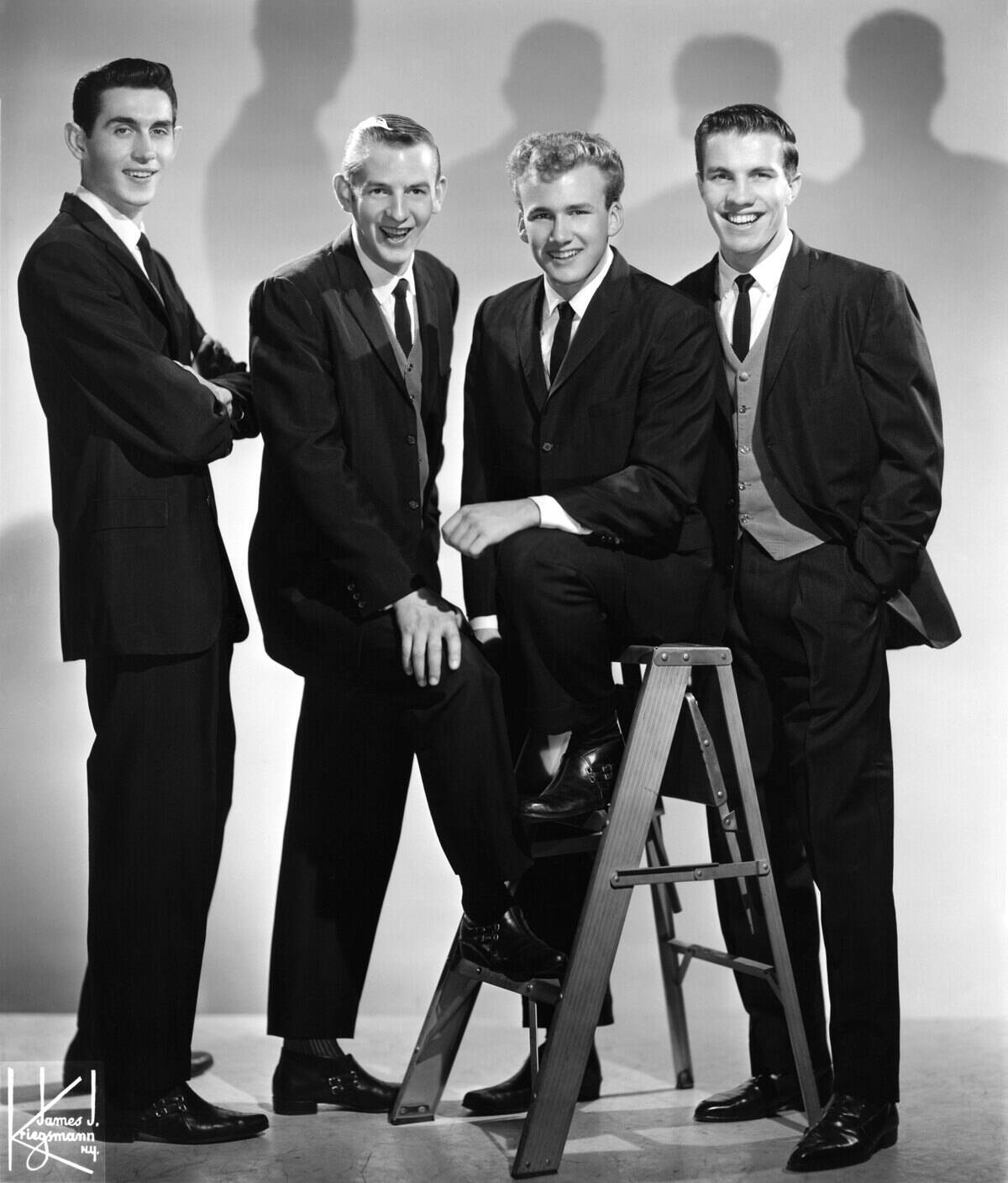
“Sugar Shack” by Jimmy Gilmer and the Fireballs was a sweet, irresistible tune that captured the essence of early ’60s pop. With its catchy melody and lighthearted lyrics, it painted a picture of a cozy, hip hangout where love and laughter were always on the menu. Oddly enough, songwriter Keith McCormack gave a writing credit to his aunt, Beulah Faye Voss, for remembering the word “leotard.”
The song’s cross-continental appeal made it a hit on both sides of the Atlantic, proving that a good tune and a feel-good story can transcend borders. It was a musical confection that left listeners craving more.
The Dance Craze Phenomenon: “The Twist” by Chubby Checker
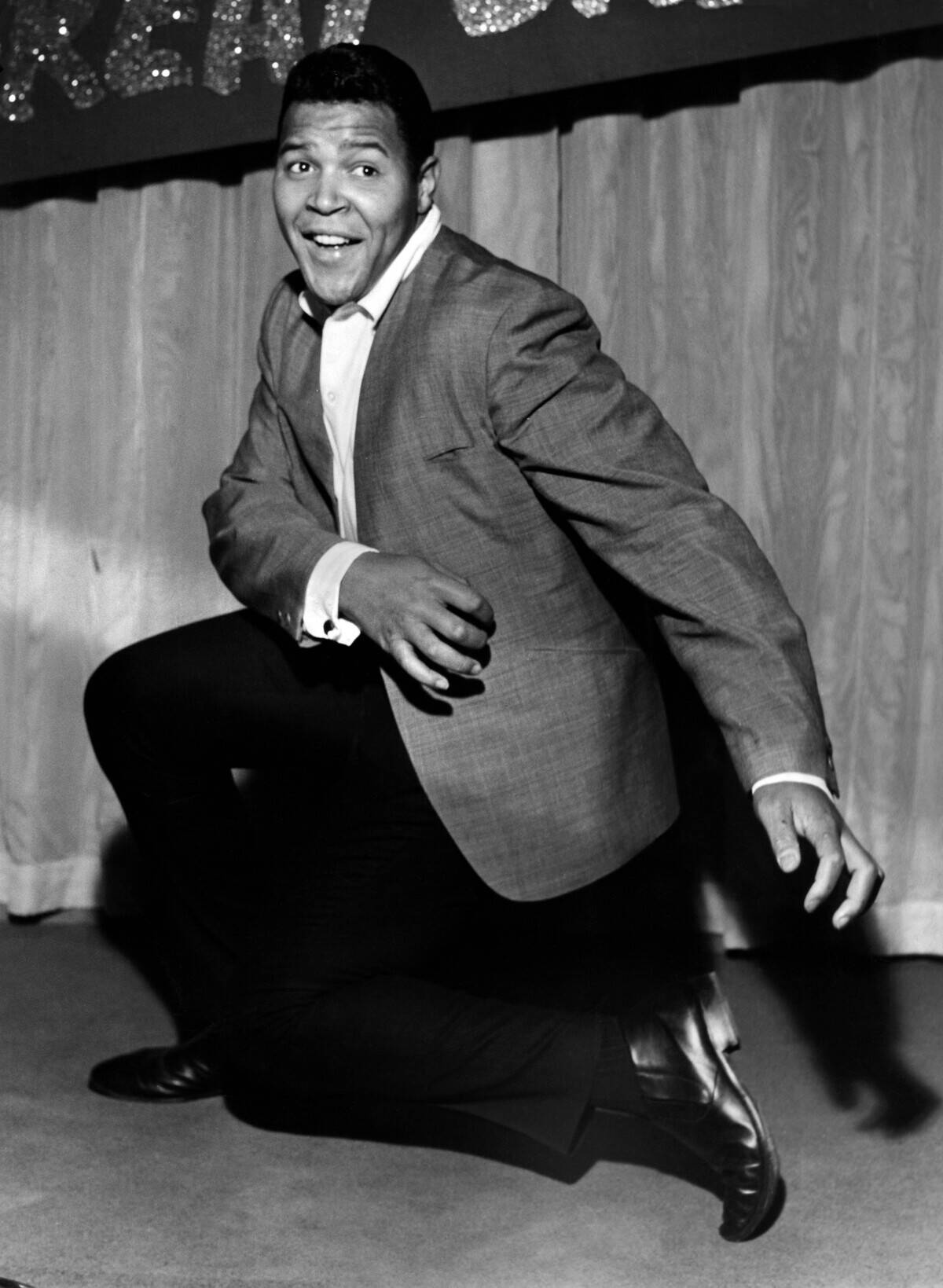
Chubby Checker’s “The Twist” was more than just a song; it was a dance revolution that took the world by storm. Its infectious beat and simple dance moves made it accessible to everyone, from teenagers to grandparents. The Twist became a cultural phenomenon, filling dance floors and inspiring countless imitations.
It was a song that brought people together, breaking down barriers and turning every party into a celebration. With “The Twist,” Chubby Checker proved that sometimes the simplest moves make the biggest impact. Oddly, Checker only sang it because his voice sounded similar to songwriter Hank Ballard, who wasn’t available for a TV appearance.
“Fingertips Pt. 2”: The Rise of a Young Stevie Wonder
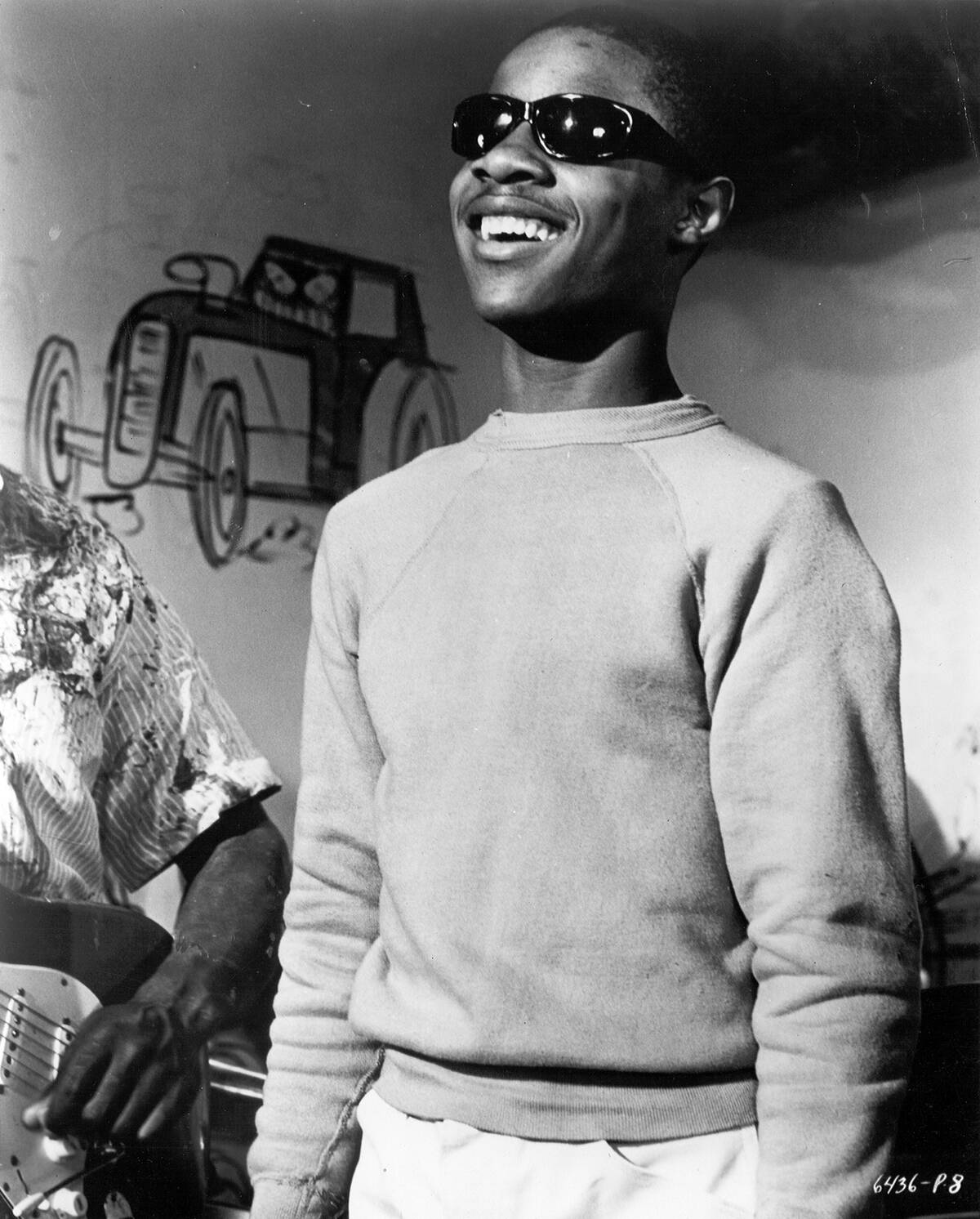
Stevie Wonder was just 13 years old when “Fingertips Pt. 2” catapulted him into the spotlight. This live recording captured the raw energy and talent of a budding superstar, showcasing his incredible harmonica skills and charismatic stage presence.
The song’s spontaneous, improvisational feel made it a standout hit, proving that age was no barrier to genius. It marked the beginning of a legendary career for Stevie Wonder, a journey that would see him become one of the most influential artists of his time.
The Rebellious Anthem “You Really Got a Hold on Me” by The Miracles
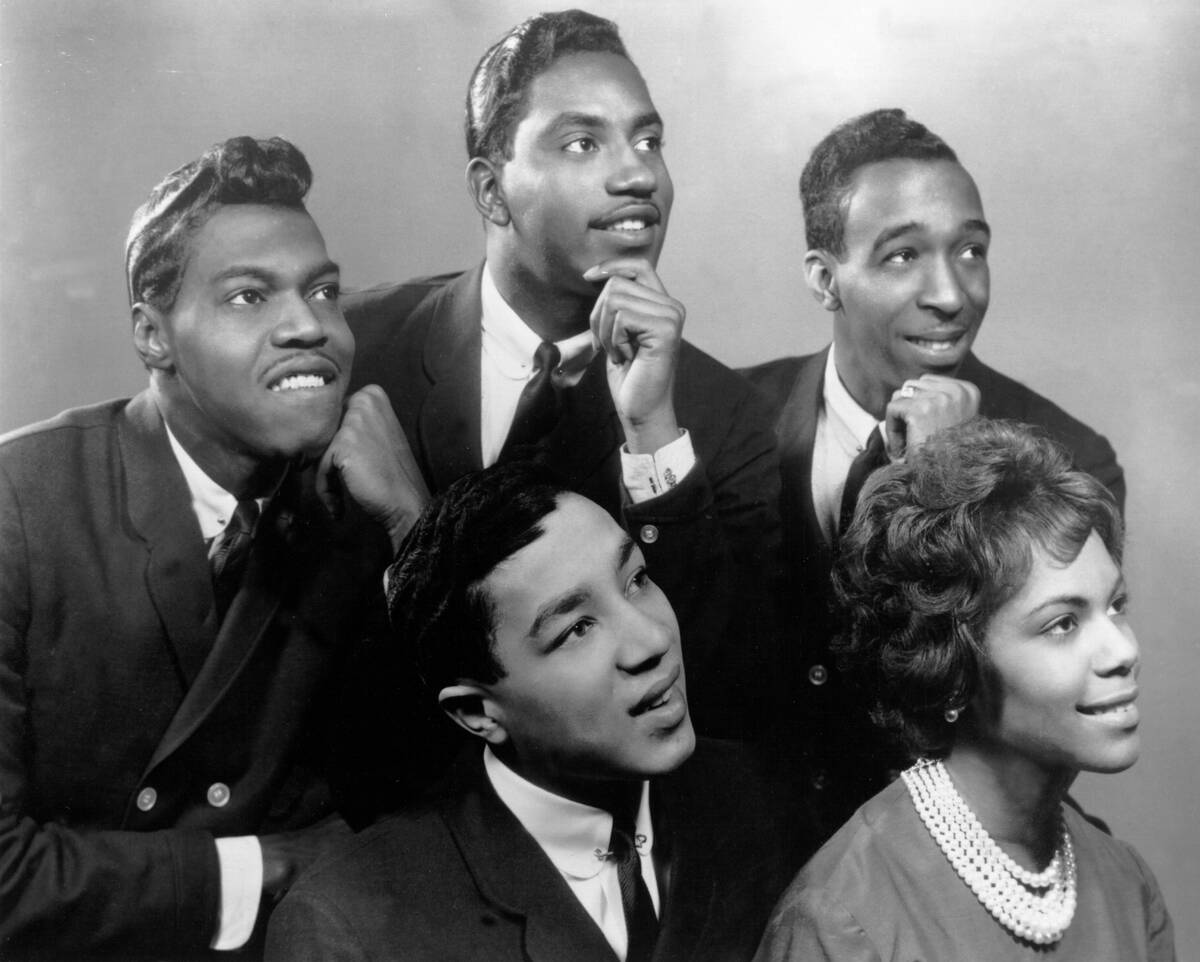
“You Really Got a Hold on Me” by The Miracles was a soulful, rebellious anthem that captured the complexities of love. Smokey Robinson’s smooth vocals told the story of a relationship that was both captivating and confounding.
The song’s mellow groove and heartfelt lyrics made it a Motown classic, resonating with anyone who has ever felt the push and pull of love’s embrace. It was a testament to the power of soul music and the emotional depth it could convey, leaving a lasting mark on listeners.
The Enduring Legacy of “Ring of Fire” by Johnny Cash
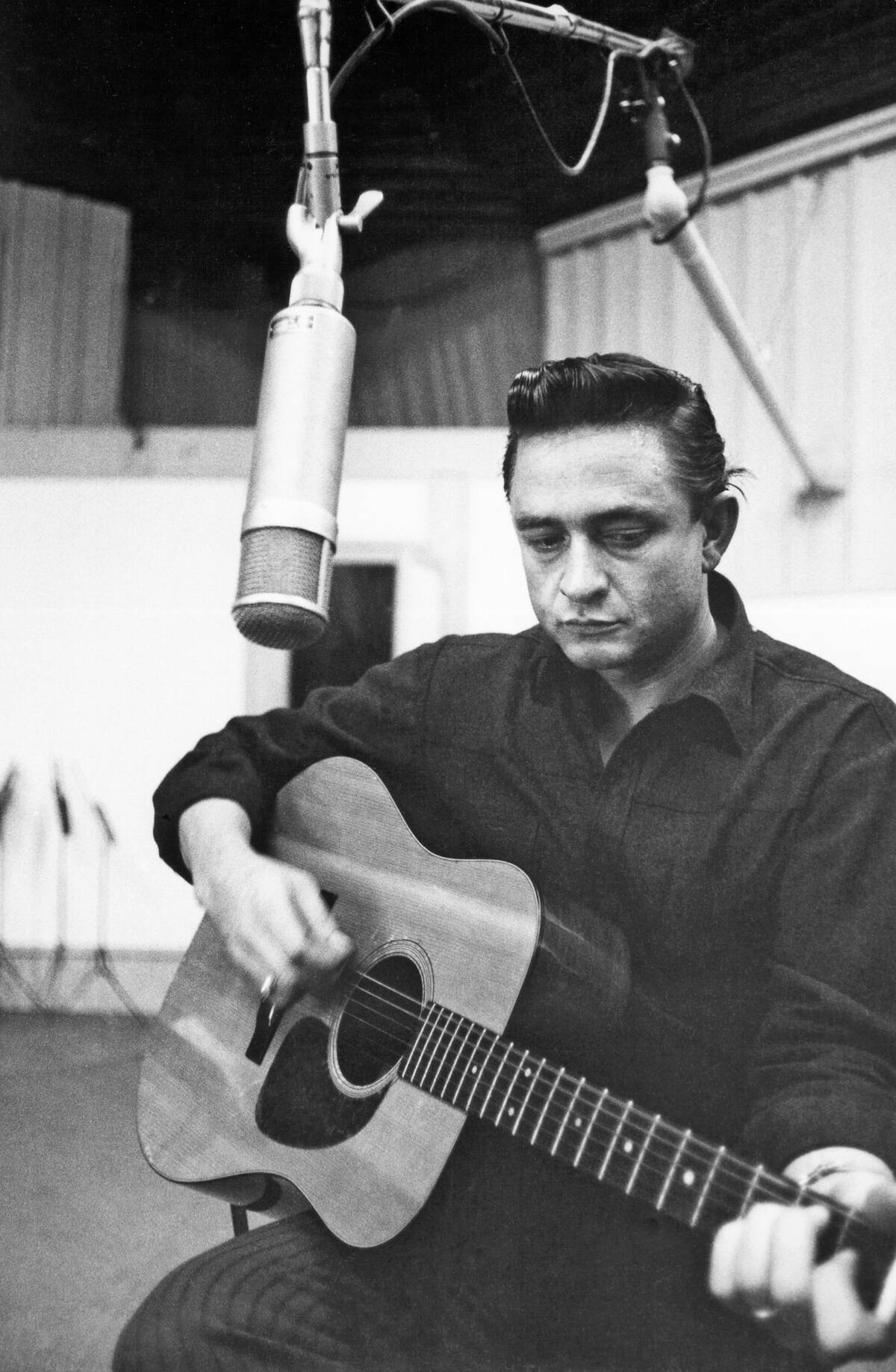
Johnny Cash’s “Ring of Fire” was a blazing hit that cemented his status as a country music legend. Written by June Carter and Merle Kilgore, the song’s distinctive mariachi horns (which later came to Cash in a dream) and Cash’s deep, resonant voice created a sound that was both unique and unforgettable.
Its lyrics spoke of love’s consuming passion, capturing the fiery intensity of romance. “Ring of Fire” became one of Cash’s most enduring hits, a song that transcended genre boundaries and resonated with audiences worldwide. It was a burning testament to the power of music to ignite the soul.
The Charm and Controversy of “Then He Kissed Me” by The Crystals
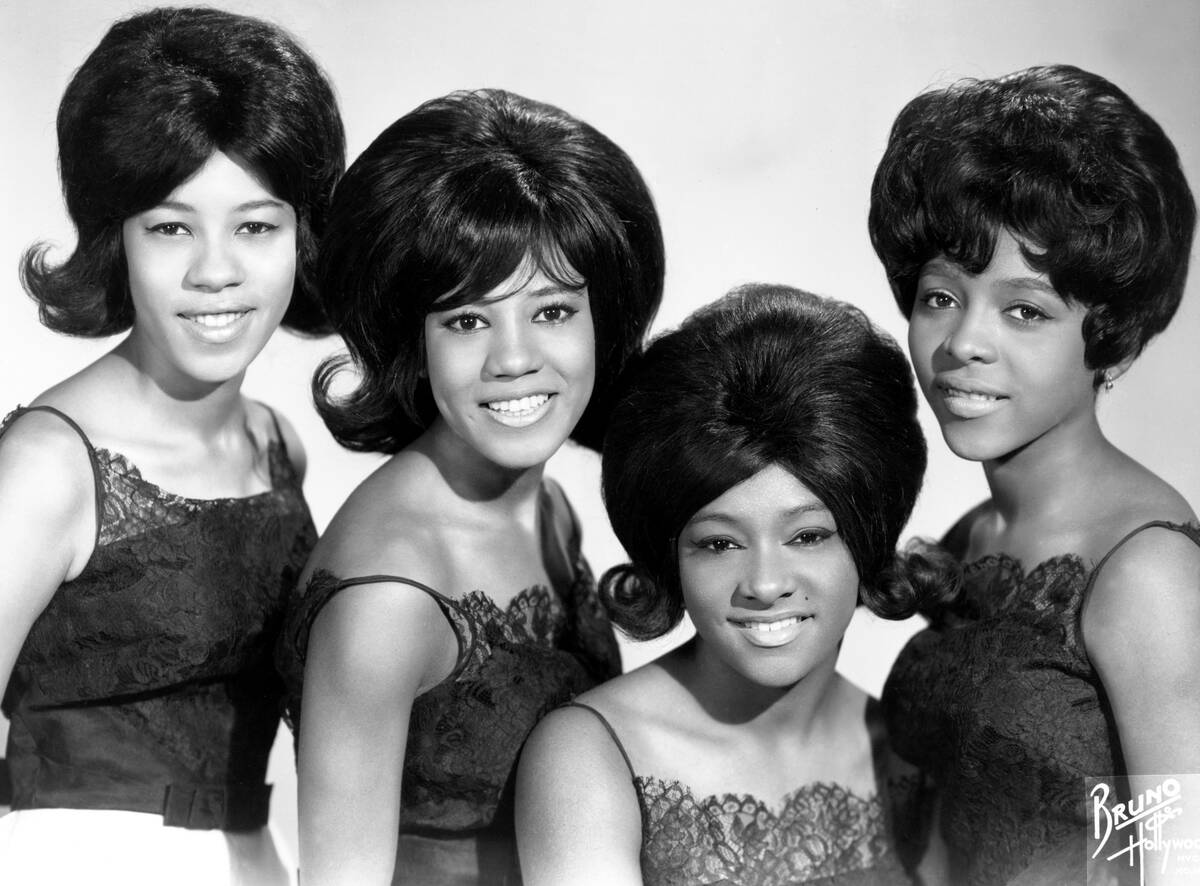
“Then He Kissed Me” by The Crystals was a charming, romantic song that captured the magic of a first kiss. With its lush production and heartfelt lyrics, it was a quintessential Phil Spector creation.
However, the song was not without its controversies, as Spector’s production techniques often overshadowed the artists themselves. Despite this, “Then He Kissed Me” remained a beloved classic, a song that resonated with listeners who remembered the thrill of young love and the promise of new beginnings.
A Song for the Ages: “Walk Like a Man” by The Four Seasons
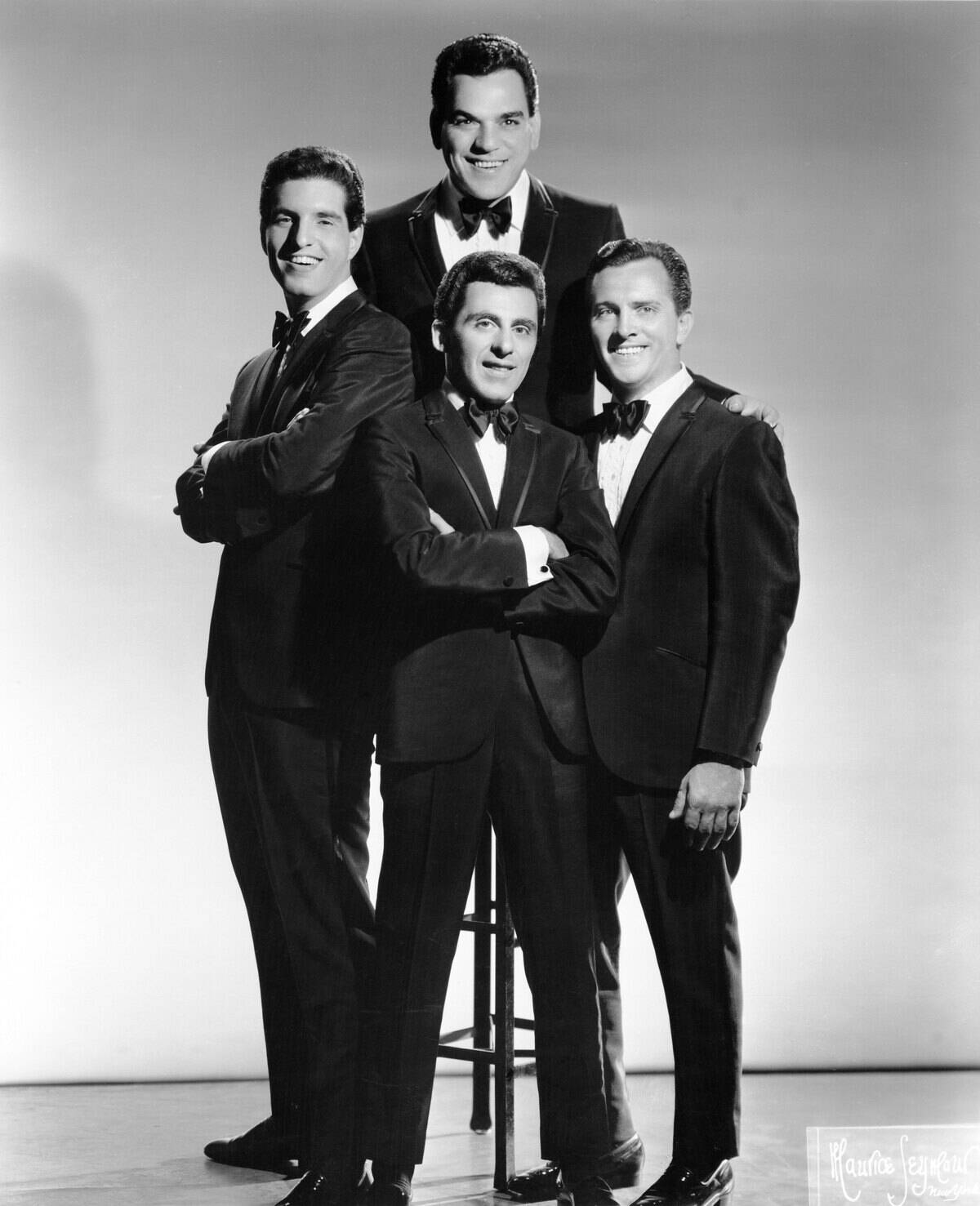
“Walk Like a Man” by The Four Seasons was more than just a catchy tune; it was a declaration of independence and maturity. With its powerful vocals and driving beat, it told the story of a man standing up for himself and his beliefs. Fascinatingly, the producer’s dedication to getting the perfect take led him to ignore a fire in the hotel where the studio was housed during production, which meant firefighters broke down the door and forced him to leave.
The song’s infectious energy and timeless message resonated with listeners, making it a classic that still holds up today. It was a musical mantra for anyone who ever felt the need to assert themselves and walk their own path.



